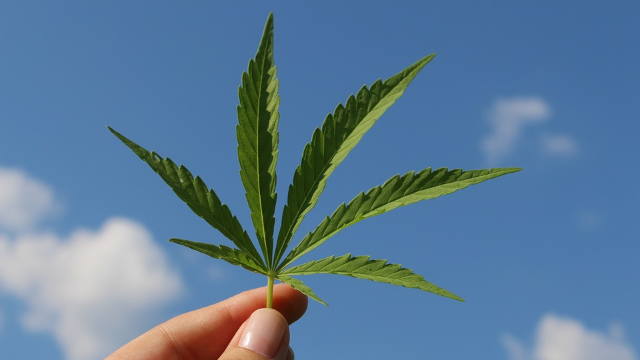Background
In November 2017, Canadian government announced that it would legalize recreational marijuana from October 2018. This primed investors. Reports said Canadians were spending about $5.6 billion annually on black market marijuana. Analysts predicted that sales of legal marijuana would hit $4.3 billion in 2019 and reach $6.5 billion the following year. Many companies came to being, with the main ones seeing their stock prices skyrocketing within a very short time.
What led to the crash?
Trouble started smelling early. The cannabis industry became overpriced, outperforming the combined market limit of publicly traded grocery chains, notwithstanding its minimal international exposure. This indicated that people would in future buy more cannabis than groceries, which is a fallacy. Analysts warned that the cannabis companies’ high was unsustainable.
This year, cannabis stocks have crashed, and it may take a while for things to get better. Companies stock price have plummeted to below a third of the price they were a year ago.
Other Causes of Failure of Cannabis Stocks in Canada
Poor sales due to:
Slow establishment of the Cannabis Act into law
This made growers unwilling to make huge capacity expansion projects. A majority of growers are still building their capacity, leaving supply far below domestic demand.
Guidelines by the regulator, Health Canada
The process of compliance to these guidelines for all in the value chain from growers to retailers, has led to a shortage of packaging material, leaving unfinished cannabis on the sidelines.
(3) Uncompetitive prices
Average retail prices for legal cannabis are nearly double those of the illegal market. This makes company sales well below expectations leading to losses.
(4) Loss of Trust through Poor Corporate Governance
There has been some management shake-ups in some firms, which has tainted the industry reputation.
Regulators expect cannabis firms to strengthen corporate governance including disclosures on cross-holdings.
(5) Regulatory bureaucracy of Health Canada.
- In its role of reviewing, approving or denying cultivation, processing and trading license applications, the regulator has had a huge backlog of applications, with some waiting for answers for more than a year.
- Government has limited the number of distribution channels and store outlets, seriously affecting accessibility of the legal cannabis products. This makes it extremely difficult to realize the expected revenues.
- Slow implementation of the Cannabis 2.0 bill meant to allow more countrywide sale of more cannabis based products like edibles, vapes and infused beverages.
Conclusion
The effort to hit on the black market through legalizing and regulating sale of marijuana has been a positive step taken by the Canadian government Tale of Two Strains BC. This has however met teething problems through false steps by both the practitioners and the regulator. This can be resolved by bringing together the regulator and the private sector players, to salvage the industry from a total collapse.

